
Climate Zones in New Zealand: How to Know When to Sow
Candy RoseNew Zealand has various climate zones, each providing different gardening opportunities. Whether you're in a cool region, a temperate region, a mountainous area, or a subtropical area, it's important to know your specific planting zones. This knowledge will help you choose the right seeds and have a successful garden.
Understanding NZ's Climate Zones
New Zealand encompasses a range of climate zones, each with distinct characteristics that directly impact gardening practices; here is a simple zone breakdown to understand New Zealand planting areas (if you're after a more detailed zoning number following international gardening zones, refer to the bottom of this post).
1. Mountainous Climate Zones:
(lowest winter temperatures from -12.2°C to -6.7°C)
- Mountainous regions present unique challenges such as temperature fluctuations, late & early frosts and high altitude.
- Gardeners in these areas may need special techniques to extend the growing season and protect plants from extreme weather conditions.
2. Cool Climate Zones:
(lowest winter temperatures from -6.7°C to 1.7°C)
- These zones are characterised by relatively low temperatures and moderate rainfall, making them suitable for cold-weather crops such as cabbage, broccoli, and spinach.
- Gardeners in these areas often need to consider protection from frost and choose crops that can thrive in cooler conditions.
3. Temperate Climate Zones:
(lowest winter temperatures from 1.7°C to 7.2°C)
- These regions boast mild temperatures and abundant rainfall, providing ideal conditions for a wide variety of crops, including fruits, vegetables and flowers.
- The favourable climate allows gardeners in temperate zones to enjoy a long growing season and diverse plant options.
4. Subtropical Climate Zones:
(lowest winter temperatures from 7.2°C to 12.8°C)
- These zones typically experience warm temperatures and high humidity, creating favourable conditions for tropical and subtropical crops such as bananas, avocados and citrus fruits.
- Gardening in these regions may require careful selection of drought-tolerant, heat-tolerant and humidity-resistant plants.
Identifying your specific planting zone will help your journey to successful gardening, as what works in one zone can falter in another climate zone in NZ.
Frost Free vs Frosty Zones: What It Means for Your Garden
Understanding the difference between frost-free and frosty zones is crucial for gardeners.
Frost-free planting zones, typically characterised by longer growing seasons, offer favourable conditions for a wider variety of plants, from fruits like melons and capsicums to herbs such as ashwagandha and ginseng and flowers like asters, celosia, cosmos and roselle.
On the other hand, frosty planting zones require a thoughtful selection of frost-hardy plants and the implementation of protective measures to ensure successful gardening. Frost-tolerant plants can include brussel sprouts, kale, cabbage, goji berry, asparagus, silverbeet and fennel, with flowers like achillea, alyssum, echinacea and foxgloves.
Auckland, Tauranga, Northland, and Whangarei are examples of frost-free zones in New Zealand.
Alternatively, some regions in New Zealand that fall into frosty zones include Queenstown, Taupo, Dunedin, Christchurch, Wellington and Central Otago.
Whether your garden is frost-free or frosty, specific strategies and seed recommendations exist tailored to maximise gardening success. By familiarising yourself with your garden's zone classification, you can make well-informed plant selection and maintenance decisions.
Selecting the Right Seeds for Your Climate Zone
Choosing seeds tailored to your specific planting zone is key for a flourishing garden. Seeds selected based on the unique characteristics of each climate zone are more likely to thrive and yield abundant harvests.
Mountainous climate: consider seeds tailored to the unique conditions of higher altitudes, such as miners lettuce, peas, cauliflower, kale, thyme and minutina.
Cool climate: select seeds suited to lower temperatures, such as broccoli, beetroot, onion, mesclun, parsnip, rosemary and celery.
Temperate climate: seeds such as tomatoes, lettuce, carrots, beans, pumpkins, parsley, sage, snow peas and cabbage thrive.
Sub-tropical climate: It is suitable for heat-loving and subtropical plants like passionfruit, tamarillo, watermelon, luffa, banana, okra, beans, basil and rockmelon.
Kings Seeds offers a diverse range of seeds tailored to your climate zone, and even though you might be out of the zone for growing your favourite, you can still try with extra precautions and growing methods in place to ensure your success.
Leveraging Local Knowledge for Gardening Success
Engaging with local gardening communities and resources provides valuable insights for gardening in your climate zone. Gathering knowledge from community gardening meetings and experienced neighbours and utilising tools like soil thermometers and record-keeping enhances your understanding of local conditions and supports successful gardening.
Your local garden club or community gardens can provide a wealth of knowledge, giving you specific recommendations for crop varieties, planting times, and pest control methods tailored to your zone, helping you get well on your way to a thriving garden.
Utilise Your Climate Zone for Garden Success!
Recognising that each zone has advantages and opportunities can help if you are disappointed that you may never grow a banana plant or have a hard frost to kill off all the unwanted garden pests; every planting zone has pros and cons.
By leveraging the advice and recommendations outlined in this article, you can unlock the full potential of your garden, no matter the climate. If you're after more helpful tips and tricks, check out our "growing advice" section on our website. While you're there, explore Kings Seeds' diverse collection, which includes sections on what to plant and when to plant at different times of the year.
Remember, there are numerous opportunities for rewarding gardening experiences in every climate zone, and by understanding and embracing your zone, you can create a garden that flourishes and provides abundant yields throughout the year.
🌱 Sow ~ Nurture ~ Nourish 🌱
International to New Zealand, conversion of planting zones refers to the lowest temperatures recorded in the zone.
Zone 8a - Mountainous Zone
-12.2°C to -9.4°C
Zone 8b - Mountainous Zone
-9.4°C to -6.7°C
Zone 9a - Cool Zone
-6.7°C to -3.9°C
Zone 9b - Cool Zone
-3.9°C to -1.1°C
Zone 10a - Cool Zone
-1.1°C to 1.7°C
Zone 10b - Temperate Zone
1.7°C to 4.4°C
Zone 11a - Temperate Zone
4.4°C to 7.2°C
Zone 11b - Subtropical Zone
7.2°C to 10°C
Zone 12a - Subtropical Zone
10°C to 12.8°C








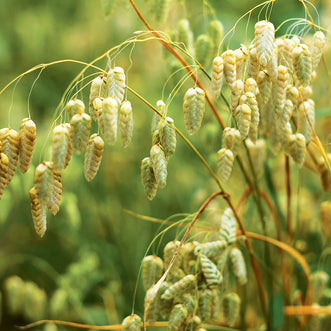



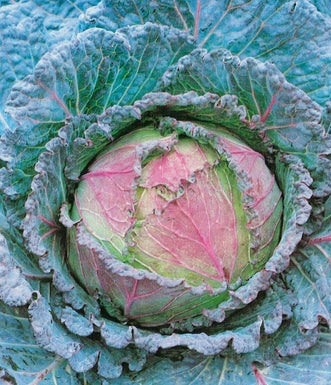




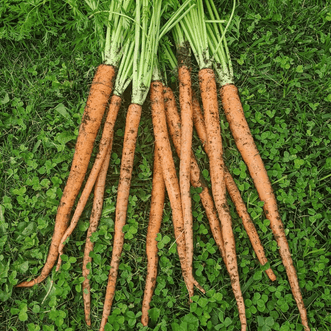

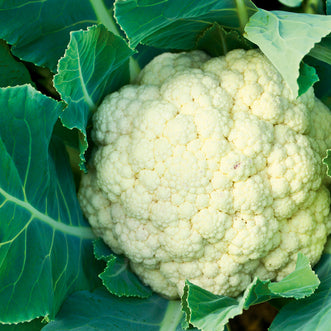

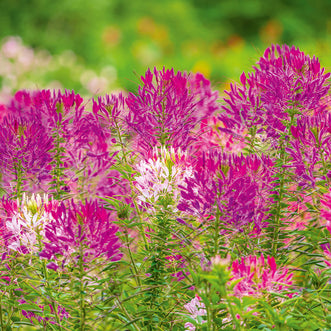






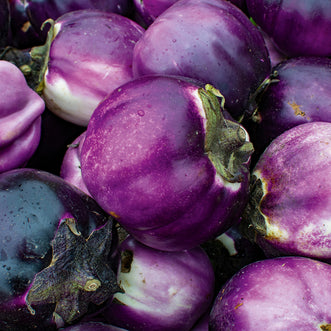






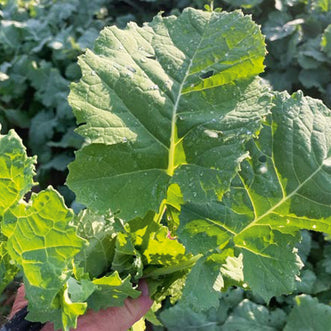


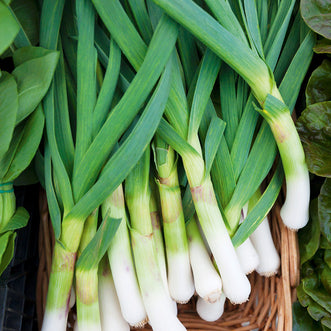


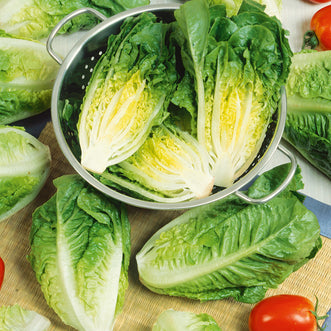


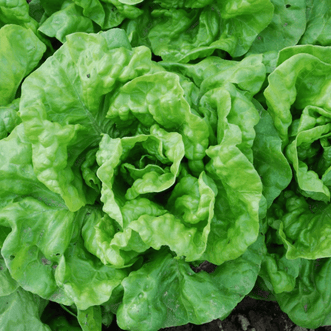
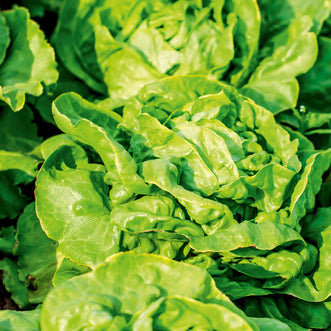





1 comment
This article would be very useful if it mentioned the cities/regions for each climate zone. For example, how would I know the climate zone of Hawke’s Bay?